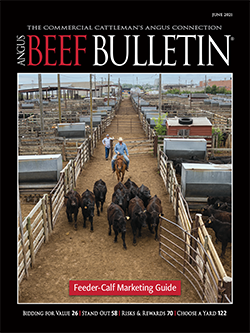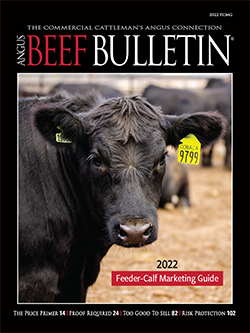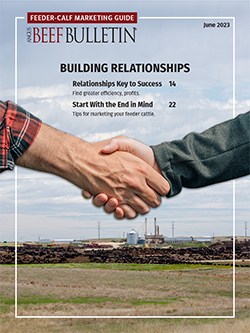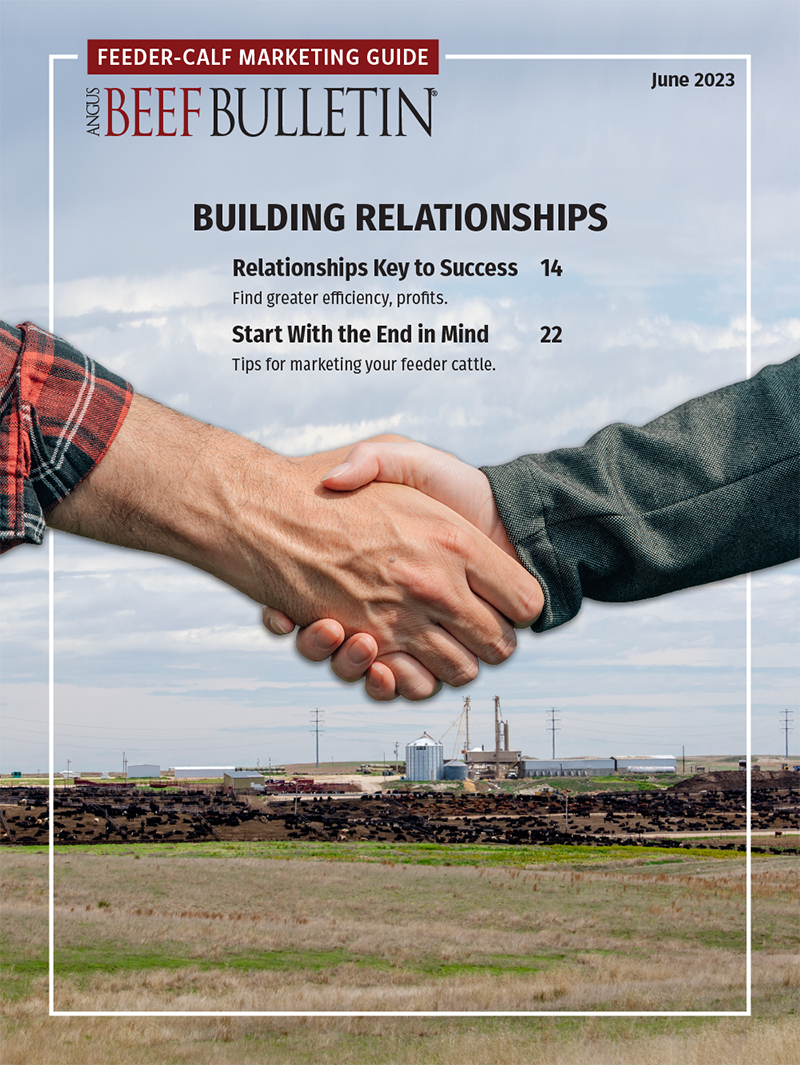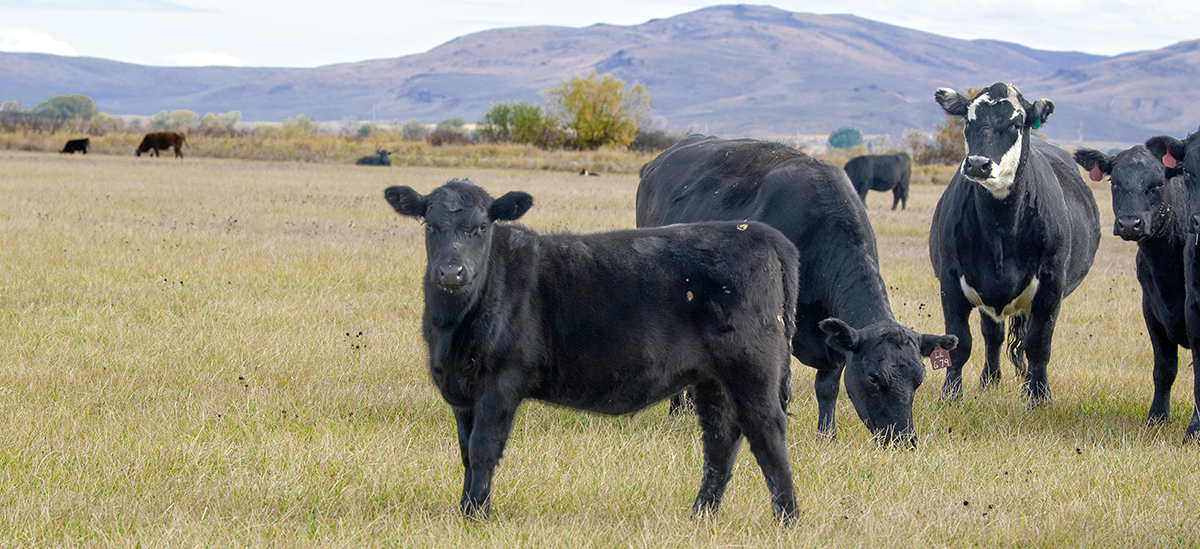
The Three Most Important Days
Video rep explains the three most important days of the year when selling cattle through a video auction.
Don’t misunderstand, it’s going to take more than three days to sell cattle on a video livestock auction. Throughout the process though, three days stand out as the most important. Carson Womble, 18-year veteran video representative (rep) with Superior Livestock Auction, offers advice for producers to be prepared.
Writing the contract
Marketing calves through a video sale begins with writing the contract. The contract is the terms on which the buyers purchase the cattle and the terms on which sellers deliver the cattle. The contract is published in the sale book and posted during the live video feed. Superior’s contract lists the following information:
- lot number
- number of head, class of cattle
- base weight
- origin
- current location
- breed type
- frame description
- estimated weight variance
- feed description
- delivery date range
- weighing conditions
- comments
- vaccinations
- implant status
- source/age verification
- representative
- slide program
- flesh status
- horn description
The video rep helps the seller write the contract for each sale lot.
“For my cow-calf guys that I’ve been working with for a long time, it’s just a process of analyzing what’s different that year than a normal year and pretty easy to dial in the answer,” says Womble.
“For a stocker guy, every deal is a new deal,” he adds.
First-time customers require a little more hands-on attention to get the details right.
Once he has a representative understanding of the operation, Womble walks the customer through the contract template, and the particulars are added. While there are many details in a contract, Womble says the most important aspect is determining an accurate weight and breed type.
Sale day
Sale day is when the magic happens, but according to Womble, there’s a whole lot of behind-the-scenes effort happening to make the live-auction excitement possible.
Womble spends time in the two to three days leading up to a sale editing the information representing his customers.
“You need to keep looking at it every day and reading it every day, because you’ll find something that could be better or some little thing that’s wrong. I check my film to see if it could be better. I check my contracts, my verbiage, my punctuation, my weights, my weight stops, my slides, my classifications, the sale order — just to make sure it’s the best it can be,” he describes.
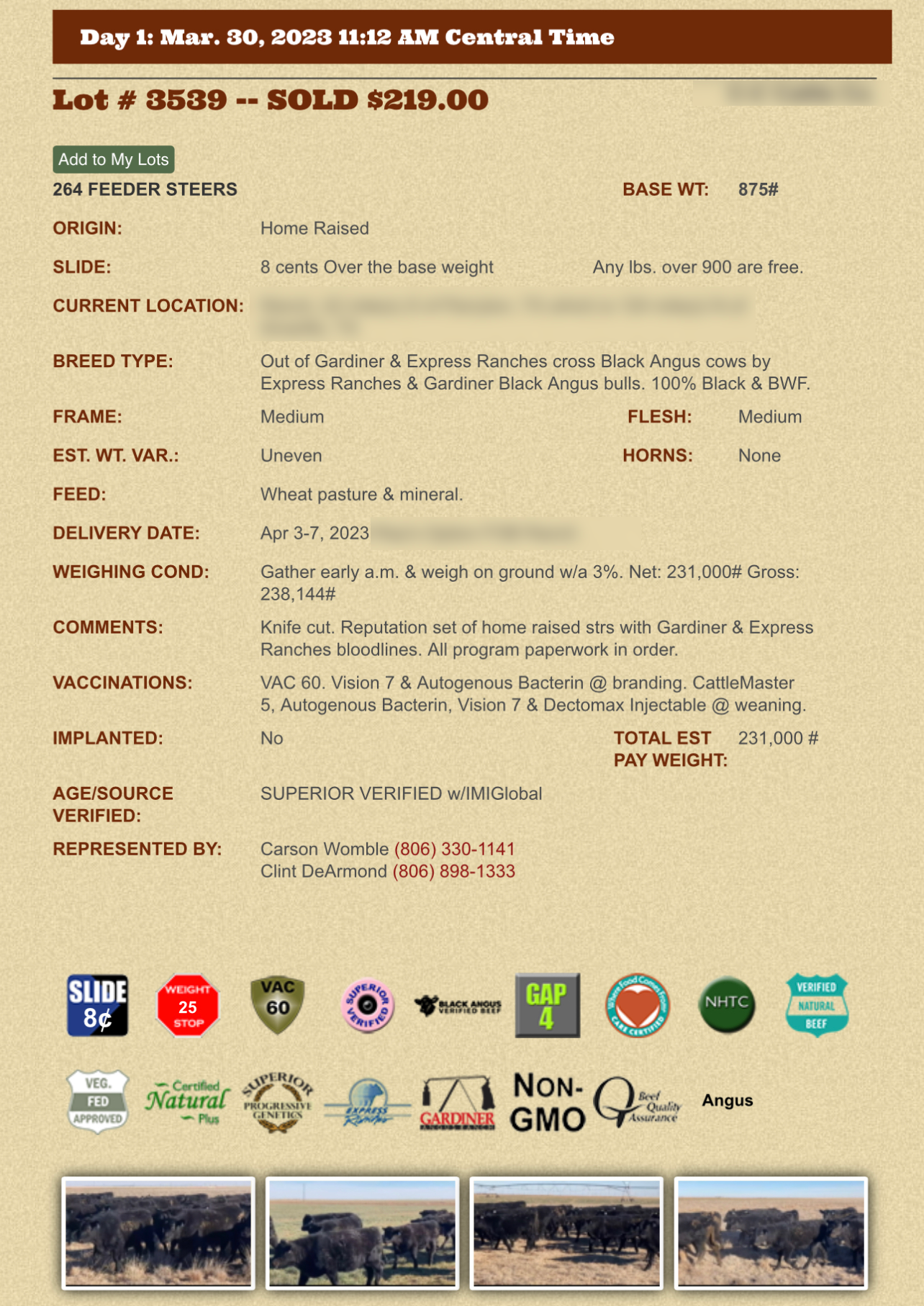
An example of a Superior Livestock Auction contract. Click here to see a larger version. [Photo courtesy Carson Womble.] |
After that, he groups his sale lots: program cattle, weaned calves, commodity cattle, cattle that can go either way. In his 18 years, Womble has accumulated hundreds of buyers and sellers. He knows the regulars well and what type of cattle they like.
“I text or email them about specific cattle and the ones that I think that might fit them the best,” he says.
The evening before the sale, Womble chats with all his sellers. He wants to know what their expectations are and prepare them for current market conditions.
When watching online or on TV during the sale, he says, keep these tips in mind: There will be a satellite delay on the TV. Turn down the TV volume, so it doesn’t echo over the phone. Have a general idea of the price you want for your cattle. How does your price compare to similar cattle that have been selling? Simply put, have a plan, and be rational.
Delivery day
Three things: Be prepared. Be patient. Plan to make decisions.
There are a lot of working parts on delivery day, says Womble. A cow-calf delivery requires cattle to be gathered and calves stripped, sexed and sorted. On a yearling delivery, Womble expects his sellers to have the cattle ready about a week beforehand.
Program calves, those that must meet certain vaccination standards, are more intensive than commodity calves. But either way, the clock is ticking and efficiency matters. That isn’t to say, however, that decisions should be rushed, says Womble.
“If you can have a good rapport with the cowboys and have a good attitude, it will help you more than anything,” says Womble of a rep’s role. “You’re not there to tell them what to do. You’re there to make them feel included and ask how the pens work best.”
Certified ground scales work best, but cattle can be weighed on the truck, if needed.
At the end of the day, Womble wants both his seller and his buyer to be satisfied. That really comes down to having a relationship with both of them. It may mean pulling off a few head that aren’t quite up to par or, depending on the buyer, they may fit the mold and be just fine. Either way, calm, two-way communication answers questions best.
Editor’s note: Paige Nelson is a freelance writer and cattlewoman from Rigby, Idaho. [Lead photo by Shauna Hermel.]
